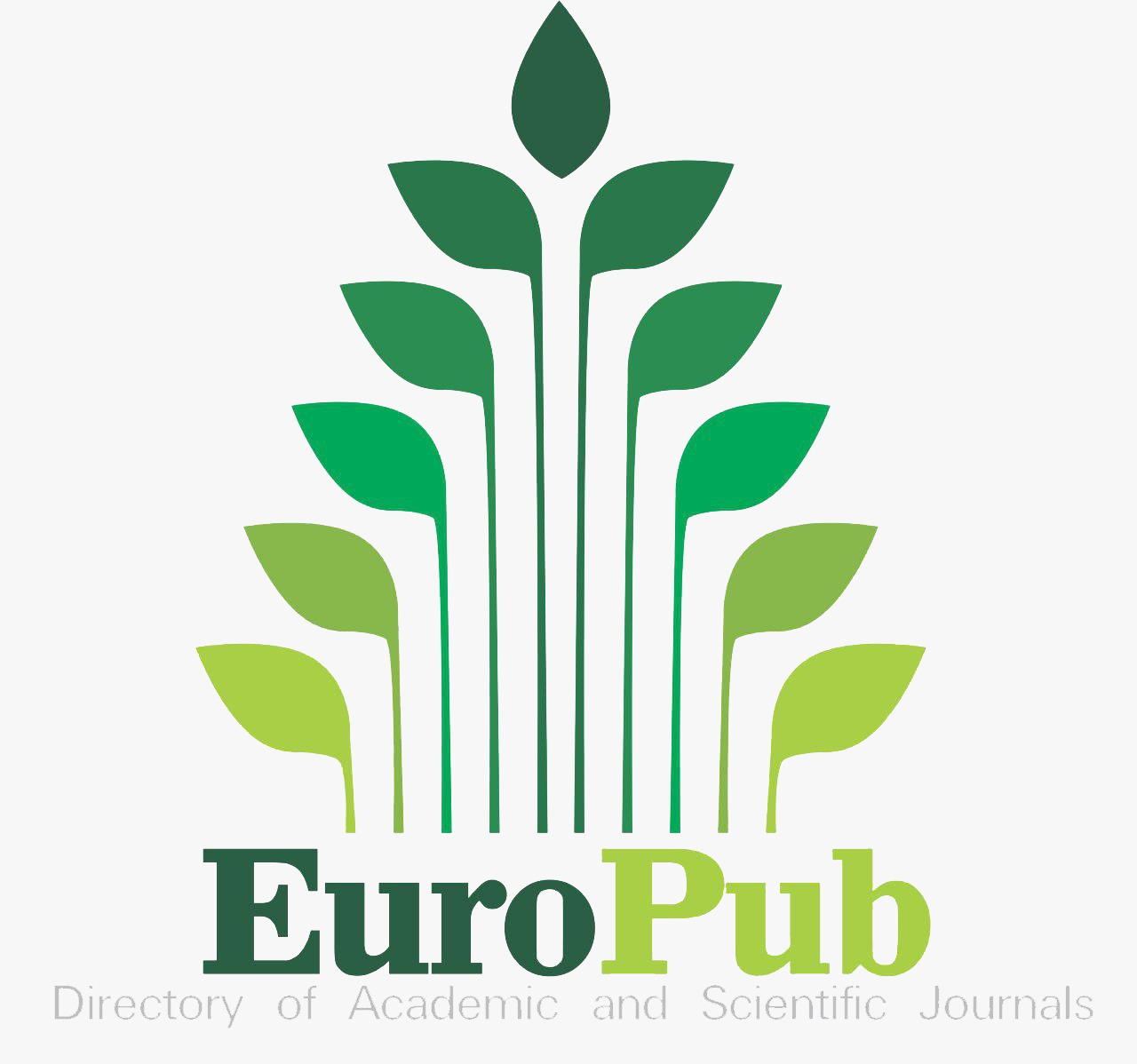Repatriation and the Future of Indigenous Heritage: Bringing Voice to Silent Witnesses, a Museum Anthropological Analysis
Abstract
Aim: This study aims to examine the Andamanese and Gweagal shields’ historical and anthropological significance by following their origins, use, and development from useful objects to museum exhibits. By concentrating on how early anthropologists documented and categorised objects, as well as the ensuing effects on indigenous identity and historical narratives, it explores how colonial collection practices changed indigenous material culture. The study looks at recent debates regarding repatriation and decolonisation as well as case studies of both successful and failed attempts to evaluate moral dilemmas in museum anthropology. Additionally, it examines how museums might represent and conserve indigenous heritage, assesses existing curation techniques, and suggests methods for increasing indigenous participation through co-curation. The study’s final goal is to provide future cultural policy and heritage protection strategies, such as suggestions for sustainable repatriation laws and an examination of digital repatriation as a workable alternative in cases where physical return is not feasible.
Methodology: The study uses the methodology combines historical research, material analysis, indigenous knowledge, comparative studies, and ethical considerations surrounding museum practices and repatriation, all framed within a decolonization perspective.
Findings: The difficulties faced by the Great Andamanese tribes are examined in this study, along with the function of museum anthropologists in conserving their cultural heritage. Additionally, it compares two significant artefacts: the Aboriginal shield housed in the British Museum and the Buamoh, a Great Andamanese musical instrument. The Aboriginal shield, believed to have been used during the 1770 battle between Cook’s expedition and the Gweagals in Australia, has drawn public attention after its display at the National Museum, while the Buamoh, believed to have witnessed the Battle of Aberdeen, is being repatriated because of its changing historical significance. Given Cook’s expedition’s increased prominence in reconciliation politics, the La Perouse Local Aboriginal Land Council called for a reexamination of their relationship with it. These instances demonstrate the global discussion surrounding the restoration of cultural heritage and the vital significance of repatriation in India.
Implications/Novel Contribution: The findings suggest that governments and cultural institutions should adopt policies that better balance development with cultural preservation, ensuring that indigenous rights and heritage are respected in the modern world.
References
Colwell-Chanthaphonh, C., Maxson, R., & Powell, J. (2011). The repatriation of culturally unidentifiable human remains. Museum Management and Curatorship, 26(1), 27-43.
Heidemann, F., & Zehmisch, P. (2016). Manifestations of history: time, space, and community in the andaman islands. Primus Books New Delhi.
Hodder, I. (2004). Theory and practice in archaeology. Routledge.
MacGregor, N. (2011). A history of the world in 100 objects. Penguin UK.
Mervart, A. (1919). The andamanese, nicobarese and hill tribes of assam/by am meerwarth; with a new introduction by nn acharyya. La Trobe.
Miller, D. (1998). Material cultures: Why some things matter. University of Chicago Press.
Portman, M. V. (1899). A history of our relations with the andamanese. Office of the Superintendent of Government Print., India.
Sen, S. (2009). Native among savages: Reading the escape narrative of dudhnath tewari.
Zehmisch, P. (2018). Mini-india: The politics of migration and subalternity in the andaman islands. Oxford University Press.

This work is licensed under a Creative Commons Attribution-NonCommercial 4.0 International License.












.png)










